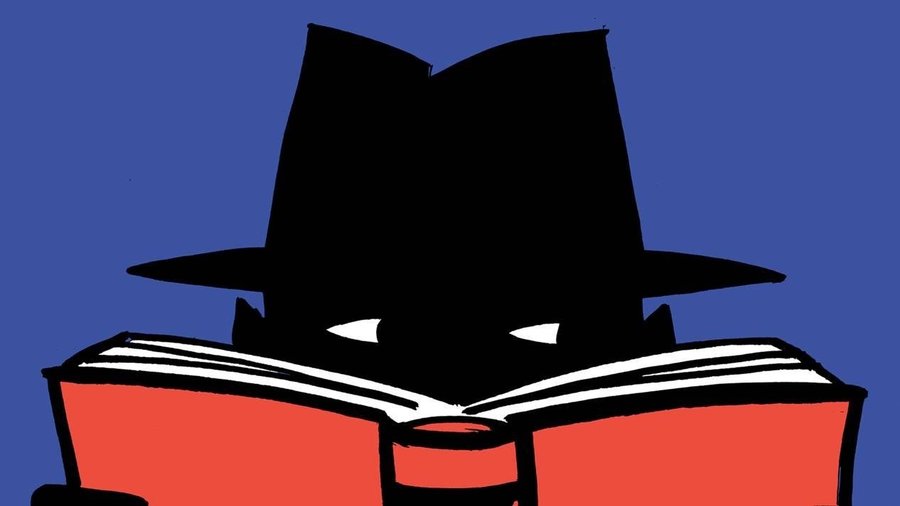Table of Contents
MYSTERIES FOR OLDER READERS
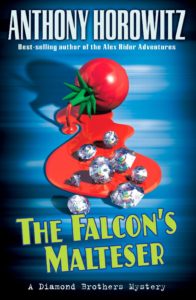
|
Anthony Horowitz’s Diamond Brothers mysteries feature bumbling Tim Diamond, the world’s dimmest detective, and his younger and smarter 13-year-old brother Nick. In the first of the series, The Falcon’s Malteser (Puffin, 2004), Tim ineptly lands himself in jail and Nick must both save his brother and solve a mystery involving a murdered dwarf, a clue-laden box of chocolates, and a safe full of diamonds. For ages 9-13. |
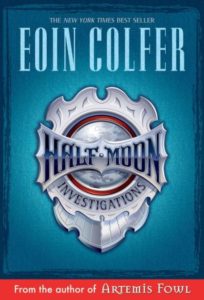
|
The star of Eoin Colfer’s Half Moon Investigations (Hyperion Books, 2007) is twelve-year-old Fletcher Moon – nicknamed “Half Moon” because he’s short – who, by dint of a little finagling with a birth certificate, has become the world’s youngest private investigator. For ages 9-13. |
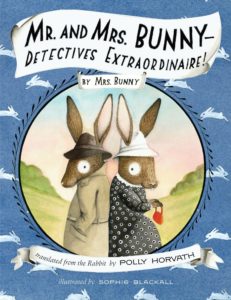
|
In Polly Horvath’s Mr. and Mrs. Bunny – Detectives Extraordinaire (Schwartz & Wade, 2012), competent and responsible ten-year-old Madeline returns home from school to find that her feckless hippie parents (who play the marimba and make jewelry out of sand dollars) have been kidnapped by foxes. Luckily Madeline speaks fluent Bunny, and is able to get help from fedora-wearing investigators Mr. and Mrs. Bunny. Clever and hilarious. For ages 9-14. |
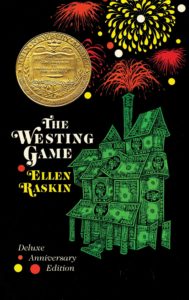
|
In Ellen Raskin’s Newbery winner The Westing Game (Puffin, 2004), eccentric millionaire Samuel Westing has died, leaving behind a fortune of $200 million for whichever of his sixteen heirs can solve a mysterious puzzle. Wonderful characters, dozens of unexpected twists and turns, and a beautifully satisfying ending for ages 10 and up. |
| Other mysteries by Raskin include The Tattooed Potato and Other Clues (Puffin, 2011) and The Mysterious Disappearance of Leon (I Mean Noel) (Puffin, 2011). | |
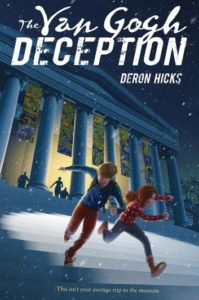
|
Deron R. Hicks’s The Van Gogh Deception (HMH, 2018) is an edge-of-your-seat thriller in which a young boy is found in Washington, DC’s National Gallery of Art with no recollection of who is he or why he’s there. A wow for ages 10-13. |
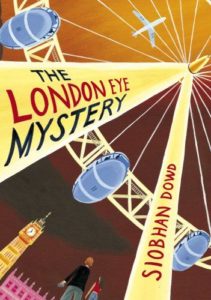
|
Siobhan Dowd’s The London Eye Mystery (Yearling, 2009) begins when Ted, who suffers from Asperger’s syndrome, and his sister Kat, take their visiting cousin Salim for a ride on the famous Ferris wheel known as the London Eye. Salim gets a free ticket from a mysterious stranger and boards the Eye – but never gets off at the end of the ride and seemingly has disappeared into thin air. Ted, with his “different” way of thinking, is instrumental in solving the (gripping) mystery. For ages 10 and up. |
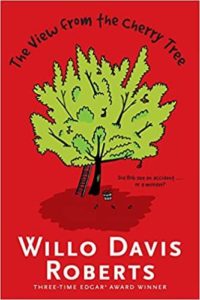
|
In Willo Davis Roberts’s The View From the Cherry Tree (Aladdin, 1994), Rob, from the vantage of his favorite tree branch, witnesses a murder, but no one believes him. Except, that is, the murderer. A thriller for ages 10 and up. |
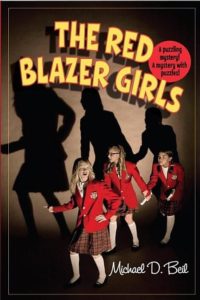
|
Michael D. Bell’s The Red Blazer Girls: The Ring of Rocamadour (Yearling, 2010) introduces girl detectives Sophie, Margaret, and Rebecca – all of whom attend St. Veronica’s, whose school uniform includes a signature red blazer. In this, the first of a series, the girls help old Mrs. Harriman solve the clues leading to a hidden treasure. The clues challenge the girls to use their (school-derived) knowledge of math, literature, and logic, which feels contrived (Bell is a teacher), but ultimately it doesn’t detract from the story. For ages 10-13. |
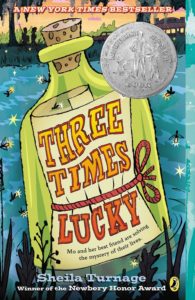
|
Sheila Turnage’s Three Times Lucky (Dial, 2012) is set in the little town of Tupelo Landing, North Carolina – population 148 – or rather, 147, now that Jesse Tatum has been killed by a blow to the head. Feisty sixth-grader Mo LoBeau – washed into town by a hurricane eleven years ago and adopted by Miss Lana and the Colonel, the local café owners – sets out to find the murderer. A wonderful cast of characters and terrific dialogue make this a great read. For ages 10-14. |
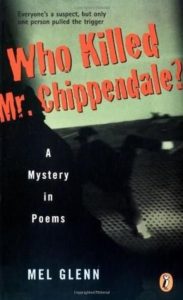
|
In Mel Glenn’s Who Killed Mr. Chippendale?: A Mystery in Poems (Puffin, 1999), high-school English teacher Mr. Chippendale is shot and killed while out for his morning run. The question of who did it is solved through a series of interlocking poems, in many different voices, among them those of students who loved or hated him, the school guidance counselor, and the police investigator. More than a whodunit, the book is a painful exploration of emotions and violence. For teenagers. |
